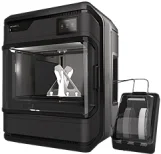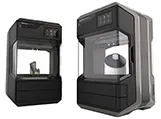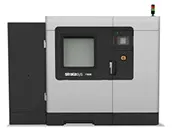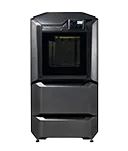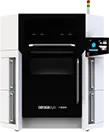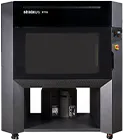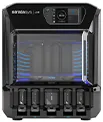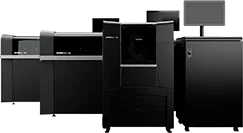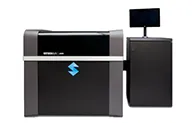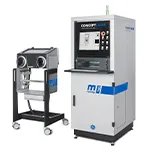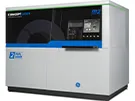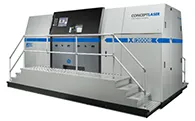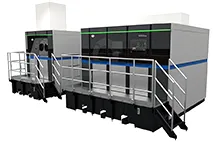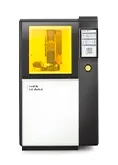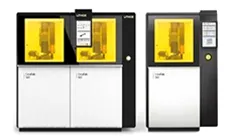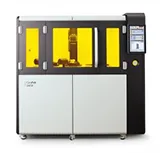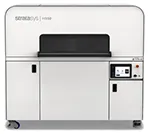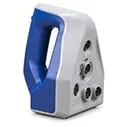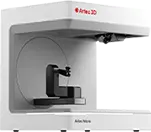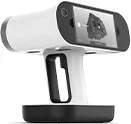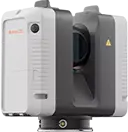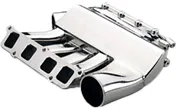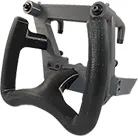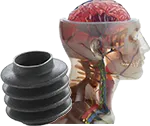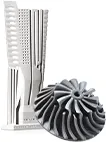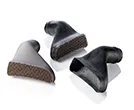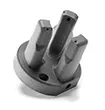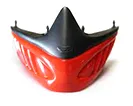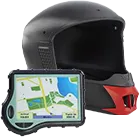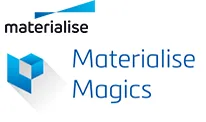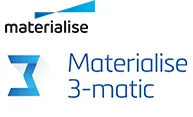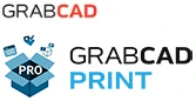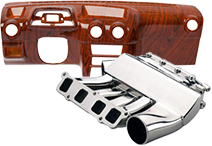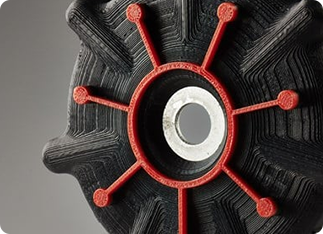Finishing FDM parts requires patience, experience and knowledge.
Build the part with as a good a surface finish as possible to minimize finishing steps. It’s important to note that internal cavities are more difficult to finish, and this should be considered when designing the part. But internal surfaces often don’t need to be finished or painted because they are not visible. Use a high resolution when converting the CAD model to an STL file. STL files with poor resolution will have facets that require a lot of finishing to remove.
Build the model using either the solid or sparse fill style. Orient the part vertically to minimize visible steps because these will require additional sanding and filling to remove. Select the material with finishing in mind. ABS–M30 and legacy ABS materials are usually the easiest materials to finish. Other materials can also be painted but require a little more finishing effort.
Consider using a finer resolution tip size if the part has many features or complex, curved surfaces. Finer slices have higher feature detail and less porosity so the resulting parts will be easier to finish. Process the parts using the latest version of Stratasys Insight build file preparation software and set the “visible surfaces” style to “enhanced.”
Remove supports manually or by using the WaterWorks soluble support removal system. If WaterWorks is used, rinse the part to remove WaterWorks solution. Dry the part under a fan.
Perform an initial chemical smoothing of the outer surface using either the Finishing Touch Smoothing Station or a brushed-on solvent (optional).
Spray a light coat of primer (optional) to visualize areas that require filler. Allow to dry and then apply body filler to the model in areas where needed and wait for the filler to cure. Sand the filler and clean the part with wax and grease remover. Apply the first coat of primer.
Check the model for any imperfections and fix them with body filler and sandpaper.
Wet sand the model and clean with wax and grease remover. Apply a second coat of primer if necessary and repeat the process until the surface finish of the model meets the requirements of the application. Then apply one or two coats of paint and clear coat, matte or gloss, to protect the paint.

